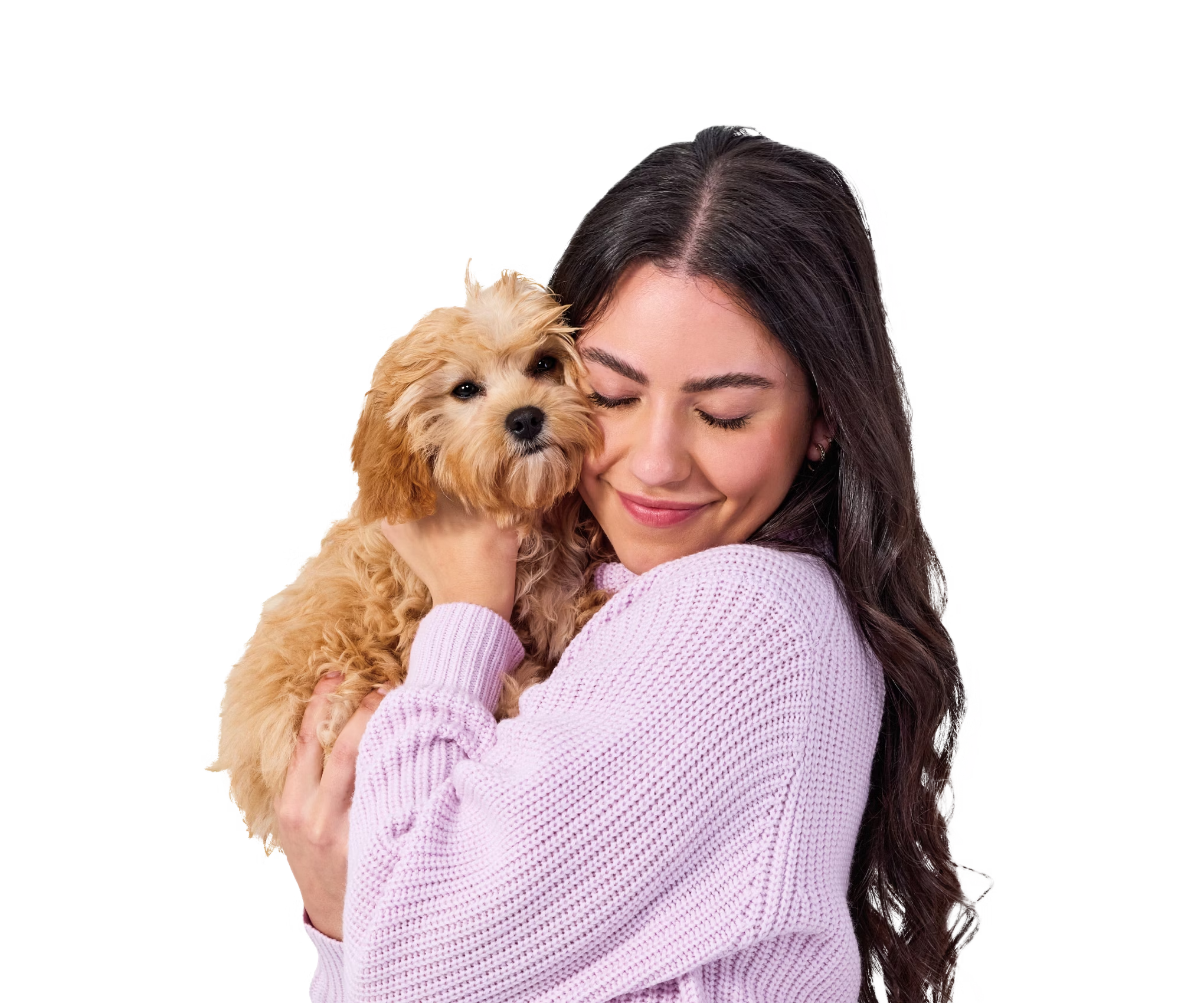Neuronal Ceroid Lipofuscinosis 12 (Discovered in the Australian Cattle Dog)
Neuronal Ceroid Lipofuscinosis 12 (NCL12) is a late onset progressive disease causing uncoordinated movements and behavioral changes.
Found in
1 in 1,700 dogs
in our testing
Key Signs
Uncoordinated movement, Behavior changes, Noise sensitivity, Aggression, Vision impairment, Seizures
Age of Onset
3 to 7 yrs
Adult to mature onset
Inheritance
Autosomal Recessive
For autosomal recessive disorders, dogs with two copies of the variant are at risk of developing the condition. Dogs with one copy of the variant are considered carriers and are usually not at risk of developing the disorder. However, carriers of some complex variants grouped in this category may be associated with a low risk of developing the disorder. Individuals with one or two copies may pass the disorder-associated variant to their puppies if bred.
Likelihood of the Condition
High likelihood
At risk dogs are highly likely to show signs of this disease in their lifetime.
What to Do
Here’s how to care for a dog with NCL12
Partner with your veterinarian to make a plan regarding your dog’s well-being, including any insights provided through genetic testing. If your pet is at risk or is showing signs of this disorder, then the first step is to speak with your veterinarian.
For Veterinarians
Here’s what a vet needs to know about NCL12
The disorder is late onset and clinical signs are usually observed from 6 years of age. The clinical signs include ataxia, behavioral changes, and seizures. Cognitive changes associated with this form of the disease include impaired ability to recognize and respond to previously learned commands, increased sensitivity to loud or unexpected sounds and sleep disturbances. Some dogs may exhibit signs of aggression. Affected dogs may also show persistent vocalization and suffer from vision impairment. The condition is progressive and the lifespan of affected dogs after diagnosis is rarely over two years due to severity of the clinical signs.
Treatment is supportive care, however, due to the progressive nature of the condition, clinical signs typically lead to euthanasia for welfare reasons.
For Breeders
Planning to breed a dog with this genetic variant?
There are many responsibilities to consider when breeding dogs. Regardless of test results it is important that your dog is in good general health and that you are in a position to care for the puppies if new responsible owners are not found. For first time or novice breeders, advice can be found at most kennel club websites.
This disease is autosomal recessive meaning that two copies of the mutation are needed for disease signs to occur. A carrier dog with one copy of the NCL12 mutation can be safely bred with a clear dog with no copies of the NCL12 mutation. About half of the puppies will have one copy (carriers) and half will have no copies of the NCL12 mutation. Puppies in a litter which is expected to contain carriers should be tested prior to breeding. Carrier to carrier matings are not advised as the resulting litter may contain affected puppies. Please note: It is possible that disease signs similar to the ones caused by the NCL12 mutation could develop due to a different genetic or clinical cause.
Technical Details
| Gene | ATP13A2 |
|---|---|
| Variant | C>T |
| Chromosome | 2 |
| Coordinate | 81,208,162 |
All coordinates reference CanFam3.1
We’ve spent the past 20+ years devoted to DNA. Our team of scientists and vets have spent decades developing the most accurate pet DNA test. Because every pet deserves to have their whole story told. We’ve collaborated with leading academic institutions, innovative research labs, and Banfield Pet Hospital™ to make our process exceptionally precise, fast, and affordable.

References & Credit
Credit to our scientific colleagues:
Schmutz, I., Jagannathan, V., Bartenschlager, F., Stein, V. M., Gruber, A. D., Leeb, T., & Katz, M. L. (2019). ATP13A2 missense variant in Australian Cattle Dogs with late onset neuronal ceroid lipofuscinosis. Molecular Genetics and Metabolism, 127(1), 95–106. View the article









